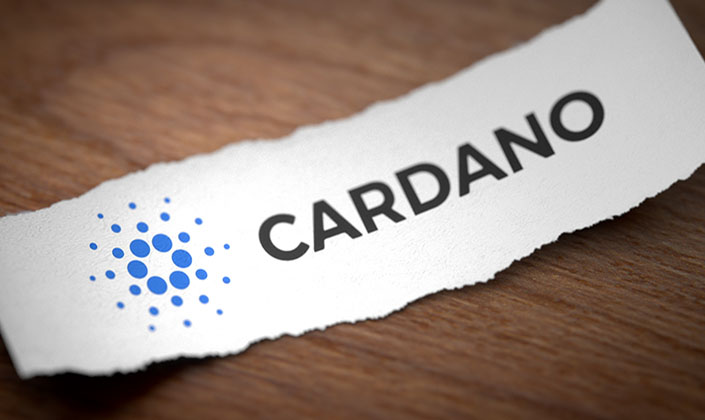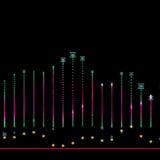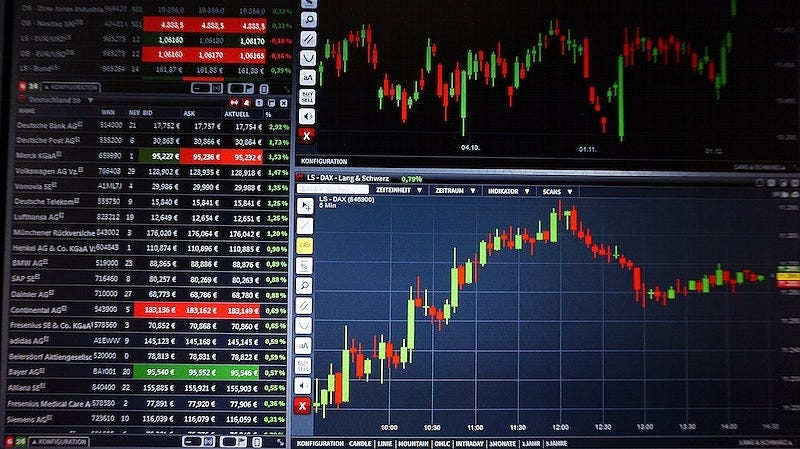In this article, we discuss the topic of Cardano, which is a third generation blockchain platform which aims to provide scalability, security, and sustainability.
Cardano was founded in 2017 by Ethereum co- founder Charles Hoskinson, which further differentiates itself from the existing blockchain solutions by introducing a novel proof-of-stake mechanism Ouroboros.
Its native cryptocurrency ADA is used to execute transactions, governance, and smart contracts which positions it in the heart of the blockchain ecosystem.
What Is Cardano?
Cardano is a dApps and smart contracts enabled third-generation blockchain platform cryptocurrency which focuses on enabling security, scalability, and economic sustainability. Co-founded in 2017 by Ethereum’s Charles Hoskinson, it is developed by a consortium comprising Emurgo, IOHK, and the Cardano foundation.

Transactions, staking, and governance are conducted through the network’s cryptocurrency, ADA. In contrast to traditional proof-of-work systems, Cardano’s energy-efficient and eco-friendly Ouroboros proof-of-stake protocol is a first in the industry.
Cardano seeks to address and mitigate real world issues in finance, identity and supply chains while promoting sustainable, long term, global blockchain adoption.
How Cardano Works
Cardano functions as a third-generation blockchain specifically designed to address the issues of older networks such as Bitcoin and Ethereum. It has a unique Proof of Stake (PoS) consensus mechanism called Ouroboros that secures the network far more efficiently than Proof of Work and consumes far less energy.
Cardano is divided into two critical layers:
Settlement Layer (CSL): Handles ADA transactions swiftly and secures them against fraud.
Computation Layer (CCL): Powers the execution of smart contracts, dApps, and other intricate calculations.
This tiered structure improves the system’s scalability, security, and flexibility. Cardano is backed by peer-reviewed academic research which ensures its sustainable growth and ability to support real-world applications in finance, identity, and supply chain technologies.
Who Created Cardano?
The blockchain platform Cardano was created in 2017 by Charles Hoskinson, one of the co-founders of Ethereum. IOHK (Input Output Hong Kong), Cardano Foundation, and Emurgo actively participate in developing the project, with IOHK shouldering the primary responsibility.

Cardano stands in stark contrast to many of its competitors. It uses a research-first approach, employing peer-reviewed scientific methodologies to guarantee security, scalability, and sustained innovation. This methodology further establishes Cardano as one of the most reliable third-generation blockchain platforms.
Is Cardano safe and scalable?
The unique distinguishing feature of Cardano is its blockchain-first approach, making it one of the most scientifically driven blockchain projects. Its development is focused on achieving scalability, security, and sustainability in order for the network to support global adoption.
Cardano is unlike other blockchains, as it leverages peer-reviewed academic research which is a distinctive feature of the blockchain, combining innovation with rigorous testing.
This characteristic enables the blockchain to support smart contracts and dApps, as well as provide solutions for the multifaceted domains of finance, identity, and supply chains in an environmentally sustainable manner through the Proof-of-Stake consensus mechanism.
Key Features of Cardano

Energy Efficiency
Cardano’s由** Ouroboros Proof-of-Stake** mechanism enables far lower energy consumption and is more environmentally friendly than Bitcoin’s Proof-of-Work model ecosystem.
Peer-Reviewed Research Approach
Each and every update and protocol on Cardano goes through academic research and peer review which guarantees its reliability and security as well as its scientific legitimacy.
Interoperability and Sustainability
Cardano is created to interface with other blockchains and financial systems. In addition, the ecosystem is ensured to have long-term sustainability through its treasury systems as well as continuous upgrades.
Governance Model
Participation in the governance with Cardano is given to its holders through ADA. This enables the community to shape Cardano’s future development and its ecosystem growth, giving them direct impact on the development.
Pros and Cons of Cardano
| Pros | Cons |
|---|---|
| Energy-efficient: Uses Proof-of-Stake (Ouroboros) instead of energy-hungry Proof-of-Work. | Slow development: Cardano’s research-first approach leads to slower rollouts compared to competitors. |
| Strong academic foundation: Built on peer-reviewed scientific research for reliability. | Lower adoption: Fewer dApps and projects compared to Ethereum or Solana. |
| Scalability and flexibility: Dual-layer architecture supports secure transactions and smart contracts. | Competition: Faces strong rivals like Ethereum, Polkadot, and Solana. |
| Sustainability: Eco-friendly with a treasury system for long-term growth. | Uncertain future growth: Adoption and use cases are still evolving. |
| Community governance: ADA holders can vote on upgrades and proposals. | Price volatility: Like other cryptocurrencies, ADA is highly volatile. |
Does Cardano have a future?
Many specialists view Cardano as one of the stronger blockchain projects due to its scientific basis, peer-reviewed rigor, and systematic approach to development.
Its constant updates, including the scaling of transactions and the addition of smart contracts, have made Cardano more competitive in the crypto sphere.
In comparison to other crypto projects, Cardano has a more realistic approach, focusing on applications such as decentralized finance, supply chain management, and identity solutions, thus ensuring its long-term credibility and adaptability in the blockchain world.
FAQs
You can buy ADA on major crypto exchanges like Binance, Coinbase, and Kraken.
Unlike Ethereum, Cardano uses a proof-of-stake consensus mechanism (Ouroboros), which is more energy-efficient than Ethereum’s original proof-of-work.
ADA is the native cryptocurrency of the Cardano network, used for transactions, staking, and governance.











